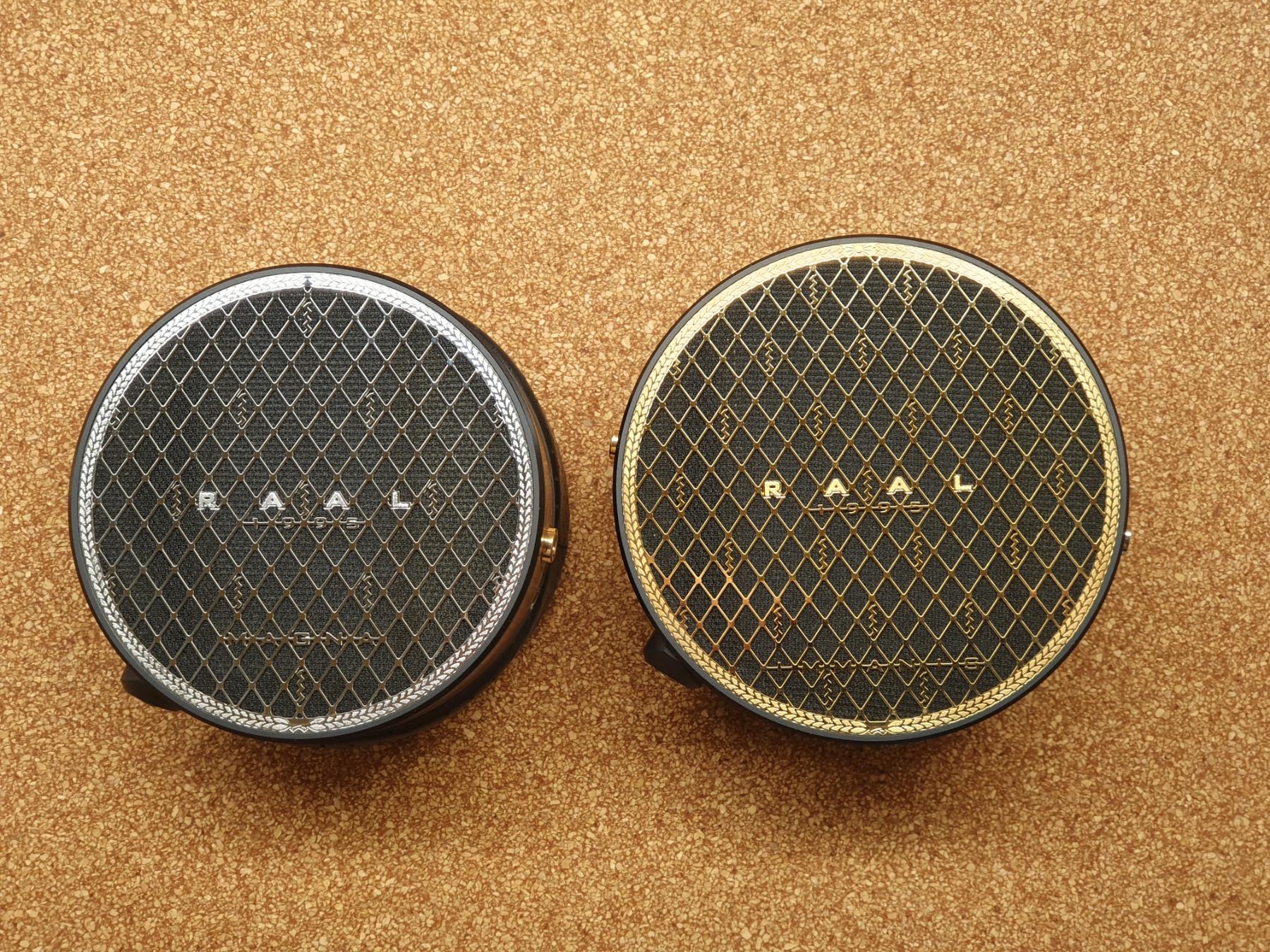Aleksandar R.
Sponsor: RAAL 1995
Dear All,
I am very glad to announce the formation of the new brand of true-ribbon headphones, RAAL 1995.
The new brand stands on the shoulders of RAAL Advanced Loudspeakers, the brand that I have founded for manufacturing tweeters and RAAL-requisite, the brand that I have co-founded with Danny McKinney of Requisite Audio Engineering and Standel fame, for manufacturing of headphones.
RAAL 1995 will, at first, focus to headphones and later to loudspeakers, with aim to push the limits of True-Ribbon technology in different applications.
I'll start from the beginning, with an intro to the technology that we use:
Over the decades past, all kind of rectangular-diaphragm drivers were called ribbons, but that's not really what they were.
Most of the time, they were mass-produced planars in a long(ish) form factor. A really good True-Ribbons can not be mass produced and need ancillary components to work, but they carried the fame, so the need to rub-off on some of that fame by twisting the names was pronounced in audio marketing.
We follow the specifics of the tech, as I believe that this is the best loudspeaker technology that has ever existed.
Here's a short pictograph of what are the differences between True-Ribbons vs Planars (regardless of their form-factor):

So, no matter what you do to a planar, unless you make it long, narrow, place the magnets at the sides of it, clamp it only at top and bottom, regardless of it's resistance, or percentage of plastic foil area covered with conducting layer, it won't become a ribbon.
The exception are quasi-ribbons, like Apogee Acoustics used to make, that are ribbons, but using a plastic substrate foil to carry the conducting layer that is etched to form many traces connected in series, for increasing the resistance.
A True-Ribbon is only pure metal foil, with no plastic substrate, hanging in magnetic field. They are exactly what is used in ribbon microphones, only reinforced to work as speakers, but the purity of it's acoustical vicinity (the stuff placed around the sound-radiating element) remains.
This is what I was developing for the past 29 years and together with Danny McKinney, 5 years ago, introduced the True-Ribbons as a new headphone technology.
After showing the technology, more about the new headphones later...
I am very glad to announce the formation of the new brand of true-ribbon headphones, RAAL 1995.
The new brand stands on the shoulders of RAAL Advanced Loudspeakers, the brand that I have founded for manufacturing tweeters and RAAL-requisite, the brand that I have co-founded with Danny McKinney of Requisite Audio Engineering and Standel fame, for manufacturing of headphones.
RAAL 1995 will, at first, focus to headphones and later to loudspeakers, with aim to push the limits of True-Ribbon technology in different applications.
I'll start from the beginning, with an intro to the technology that we use:
Over the decades past, all kind of rectangular-diaphragm drivers were called ribbons, but that's not really what they were.
Most of the time, they were mass-produced planars in a long(ish) form factor. A really good True-Ribbons can not be mass produced and need ancillary components to work, but they carried the fame, so the need to rub-off on some of that fame by twisting the names was pronounced in audio marketing.
We follow the specifics of the tech, as I believe that this is the best loudspeaker technology that has ever existed.
Here's a short pictograph of what are the differences between True-Ribbons vs Planars (regardless of their form-factor):

So, no matter what you do to a planar, unless you make it long, narrow, place the magnets at the sides of it, clamp it only at top and bottom, regardless of it's resistance, or percentage of plastic foil area covered with conducting layer, it won't become a ribbon.
The exception are quasi-ribbons, like Apogee Acoustics used to make, that are ribbons, but using a plastic substrate foil to carry the conducting layer that is etched to form many traces connected in series, for increasing the resistance.
A True-Ribbon is only pure metal foil, with no plastic substrate, hanging in magnetic field. They are exactly what is used in ribbon microphones, only reinforced to work as speakers, but the purity of it's acoustical vicinity (the stuff placed around the sound-radiating element) remains.
This is what I was developing for the past 29 years and together with Danny McKinney, 5 years ago, introduced the True-Ribbons as a new headphone technology.
After showing the technology, more about the new headphones later...

|
Stay updated on RAAL 1995 at their sponsor profile on Head-Fi.
|






















